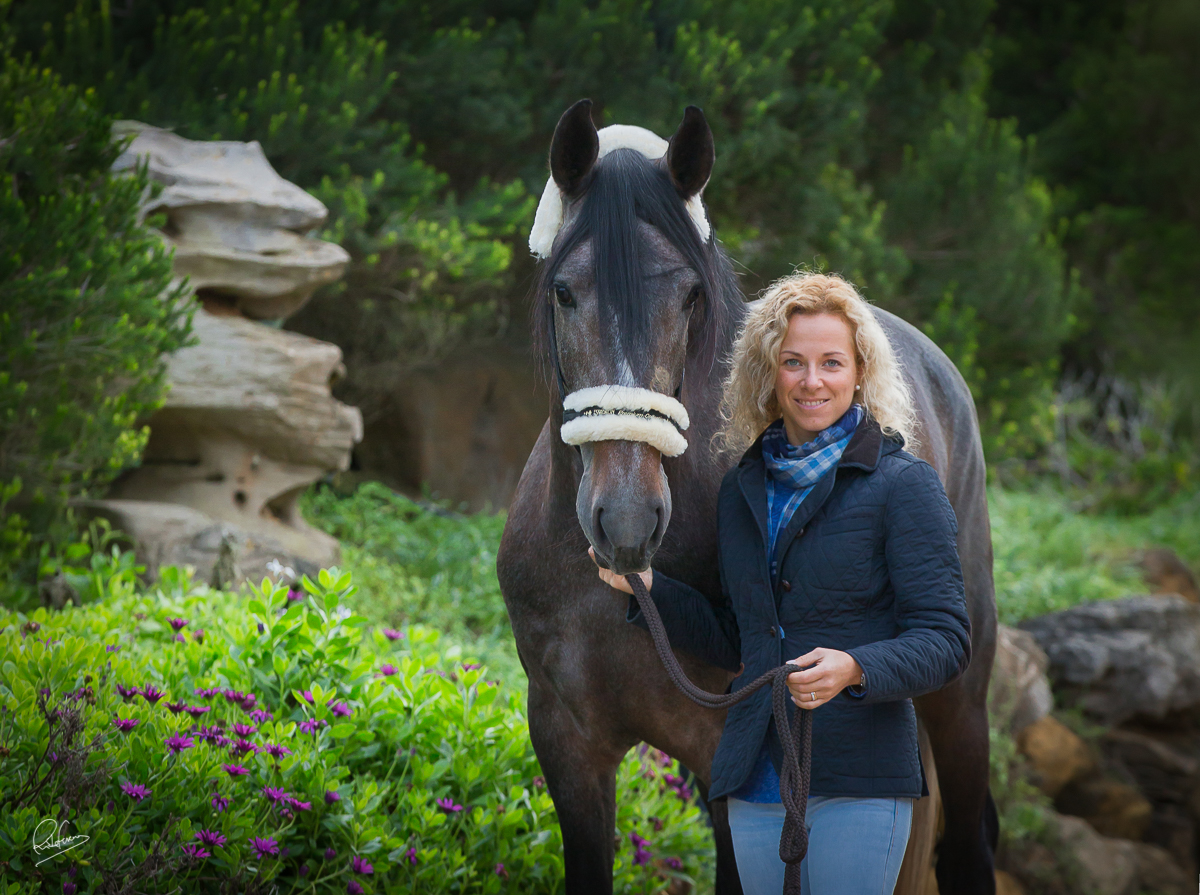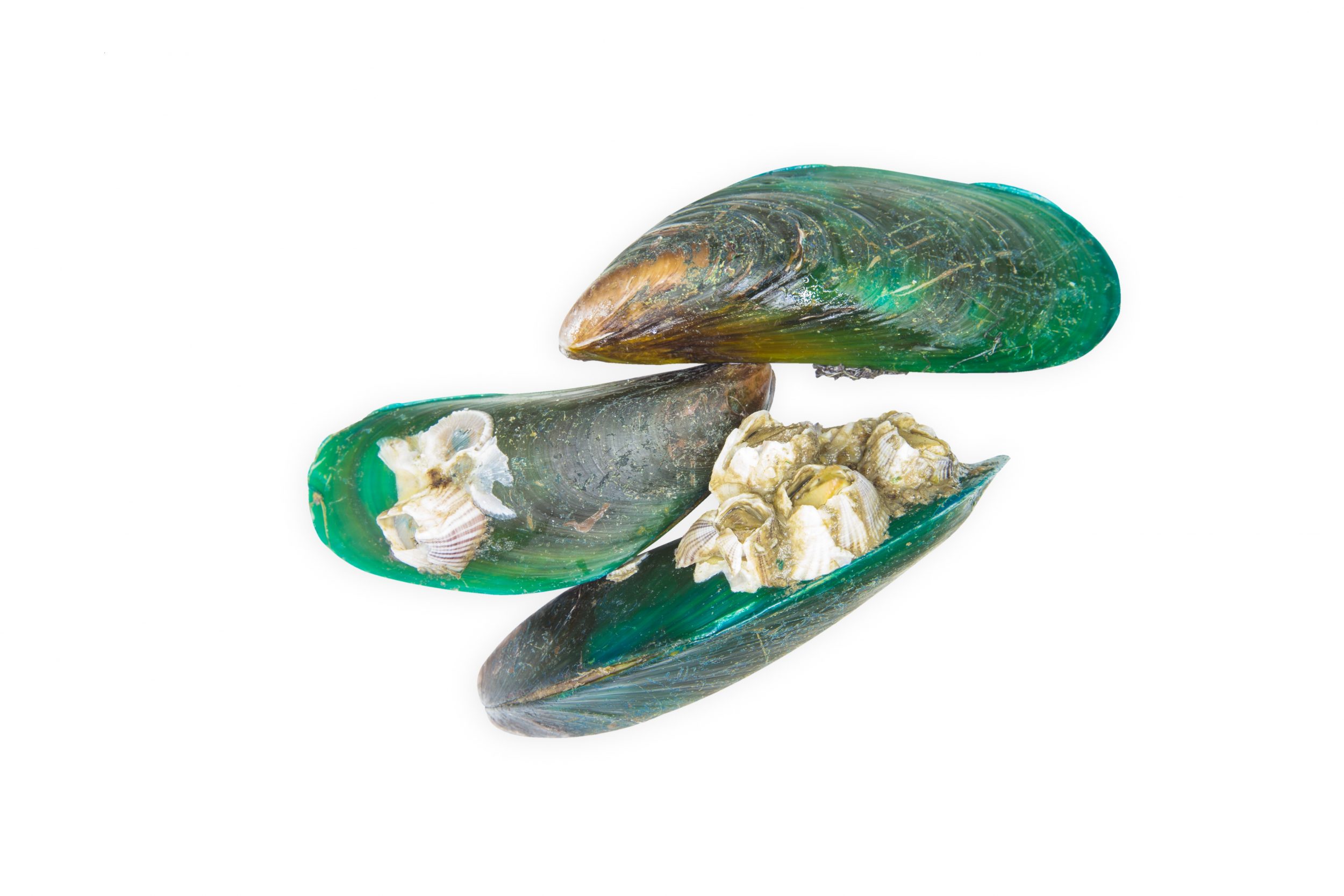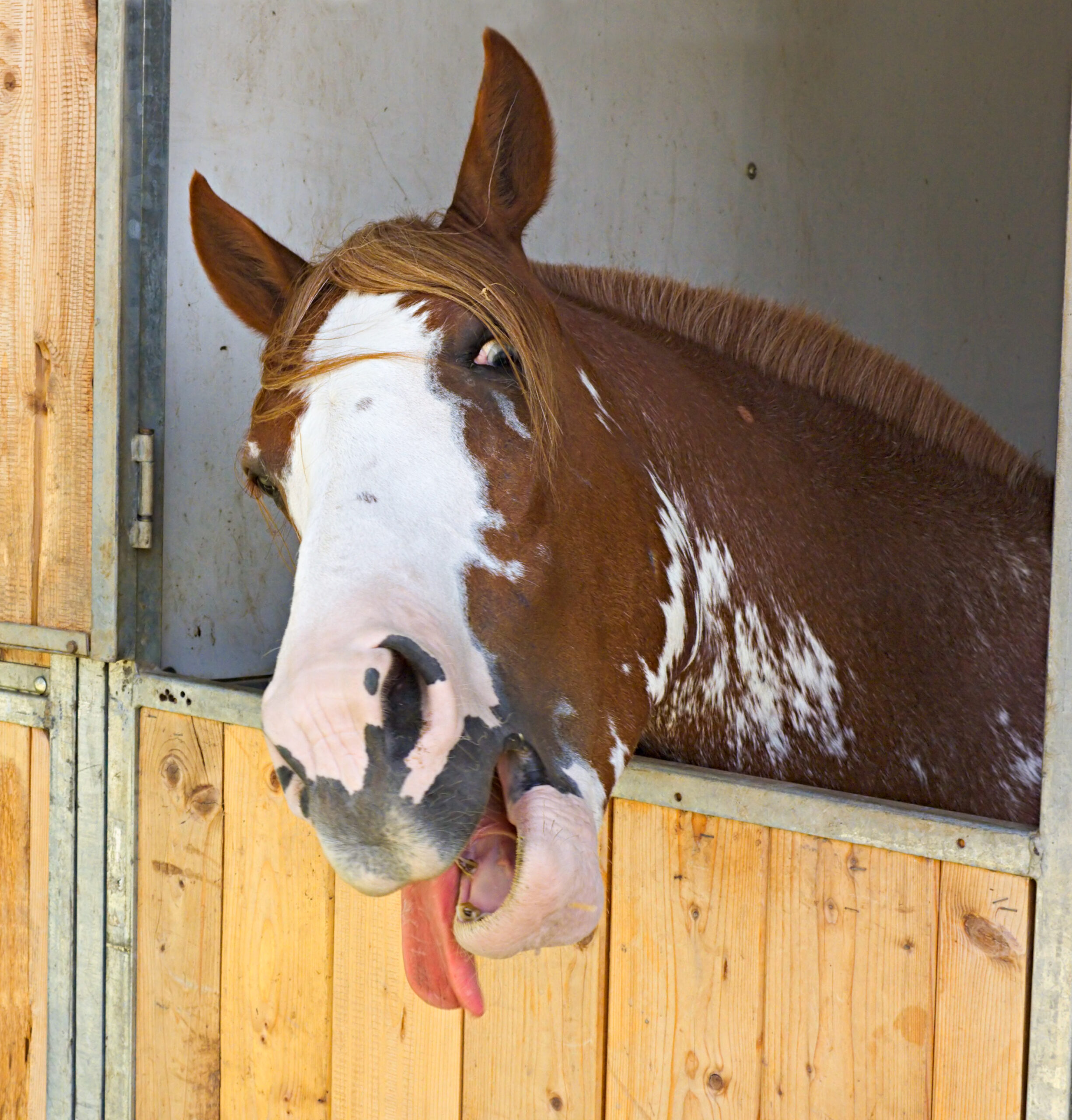
Core Training for Riders
A Simple Aid to Enhance Core Training for Riders
WORDS BY Alexandria Bailey
BAppSc., BEd., GradDipEd. Cert III Equestrian Coach www.equicanine.com.au

Horses and riders have immensely different brain-body systems that must communicate for the two to work together as a team. Communication occurs through voice, hands, legs and the multifaceted mechanical coupling of the rider’s pelvis with the horse’s back.
Horse riding uses all of the body’s core muscle groups to support static postures, like those seen in dressage, western and pleasure riding, and dynamic postures, such as in jumping, vaulting, novelties and hunting; but specifically requires very strong and fit postural muscles.
Each rider’s physical structure, their unique shape, natural asymmetries and individual anomalies, some due to neuromusculoskeletal trauma, result in some imbalance in their body. This affects the relationship between the rider’s seat and the saddle, and their ability to sit straight and in a position in which they can ride symmetrically in balance, rhythm and harmony through each gait. The inherent rhythmicity of the horse’s movements involves substantial coordination of the horse’s neck, trunk and limb muscles which, in turn, stimulate the whole body of the rider.

A rider’s body that has muscle strength, tone, relaxation, flexibility and coordination at the pelvic level can help to prevent falls and injuries and allows the rider to resonate and synchronise with the horse’s movement, sit deeper, and consistently absorb the rhythm and up-down motion.
The Rider’s Pelvis
With each stride of the horse, the rider’s pelvis is moved rotationally and side-to-side, thereby distorting the rider’s posture and position. This forces the rider to continually adjust their pelvis, posture and movements to accommodate the horse’s motion, so as to keep their pelvis closely synchronised with the motion of the horse’s spine, ribcage and legs as they move beneath them.
The rider’s pelvis serves as the base of support for the spine and torso, with the head balanced on top of the spine. Therefore, to adequately support the spine and head, the pelvis needs to be positioned centrally – both laterally and anteroposteriorly – i.e. in the middle position, that is, not too far forward or too far backwards.
While reading this article, you can check the position of your pelvis by centring your upper body vertically, then moving your upper body forward and backwards, which causes your seat bones connection with the chair to change. Again, with your torso vertical and stationary, move your pelvis forward and backwards, then side to side, and try to find what the middle position feels like for you.
Keeping your pelvis in the middle position (not forward, not backwards and not tipped to one side) provides a stable base of support for the lower limbs to move freely from and for the upper body to balance upon, while free to move in all directions and, yet, remain balanced.

A rider’s body that has muscle strength, tone, relaxation, flexibility and coordination at the pelvic level can help to prevent falls and injuries and allows the rider to synchronise with the horse’s movement, sit deeper, and consistently absorb the rhythm and up-down motion of the horse.
The core muscles of the abdominopelvic region are the central connecting link between the rider’s upper and lower body. Whether the rider is mounting, dismounting or riding their horse, the motions either originate in the core muscles or move up or down through the core muscles.

A rider’s postural strength, coordination and cohesion comes from developing strength and tone in the core muscles that stabilise the pelvis, spine and ribcage, and control the position of the rider’s pelvis and pelvic alignment, with the pelvis being the main interface with the movement of the horse’s back.
The core muscles that stabilise the lower torso (pelvis and hips) are comprised of the abdominal wall muscles (rectus abdominis, transverse abdominis and the obliques), psoas, Iliacus, gluteus muscles and quadratus lumborum. The core muscles that stabilise the upper body and head include the erector spinae, latissimus dorsi, along with chest and shoulder muscles.

An understanding of the role of each muscle group, and which muscles are being used for stabilisation and movement of the pelvis, torso and limbs will assist riders to become aware of areas of strength and weakness.
A specific exercise plan ideally focused on rider position that aims to increase muscle tone, strength, flexibility and coordination of the lower core muscles (abdominopelvic) and upper core muscles (thoracic and back), coupled with quality instruction from a qualified exercise professional will help to address strength deficits and bring the body and, therefore, the rider’s position into better alignment and balance.
A rider’s perception of the position of their pelvis and torso often can be inaccurate. Therefore, it is extremely helpful to receive real-time feedback and have an expert eye observing and making corrections. However, it is not always feasible to have someone else watching your posture at all times.
 Technological advances in biomarker measuring devices and telecommunications now make this possible and are easily and economically available. Riders can work either independently or with a coach using a device, such as the CoerX Equine Level Belt and App, which is downloaded to an iPhone or iPod which fits into the one size fits all belt that sits snugly around the hips of the rider.
Technological advances in biomarker measuring devices and telecommunications now make this possible and are easily and economically available. Riders can work either independently or with a coach using a device, such as the CoerX Equine Level Belt and App, which is downloaded to an iPhone or iPod which fits into the one size fits all belt that sits snugly around the hips of the rider.
The CoreX Equine Level Belt with App brings science to the saddle as it can assess the position of the riders’ pelvis in the frontal and sagittal planes of motion during riding – providing immediate and constant biofeedback that alerts the rider to postural errors when postural control is lost or when the rider has positioned their pelvis out of a pre-specified range of motion.
An understanding of the role of each muscle group, and which muscles are being used for stabilisation and movement of the pelvis, torso and limbs will assist riders to ride better and become aware of areas of strength and weakness.
This can help riders learn to avoid poor habits and can promote muscular correction and neuromuscular coordination – enabling them to take control of their postural strength and alignment.
Increasing bodily awareness, exercising and training core muscles, and giving extra concentration to pelvic positioning and riding posture is essential to building postural strength, so as to achieve a correct, fluid and flexible interaction with your horse’s movement.
To find out more or order your CoreX Equine belt today, call Alexandria Bailey on 0418 875 382 or visit: www. equicanine.com.au.




